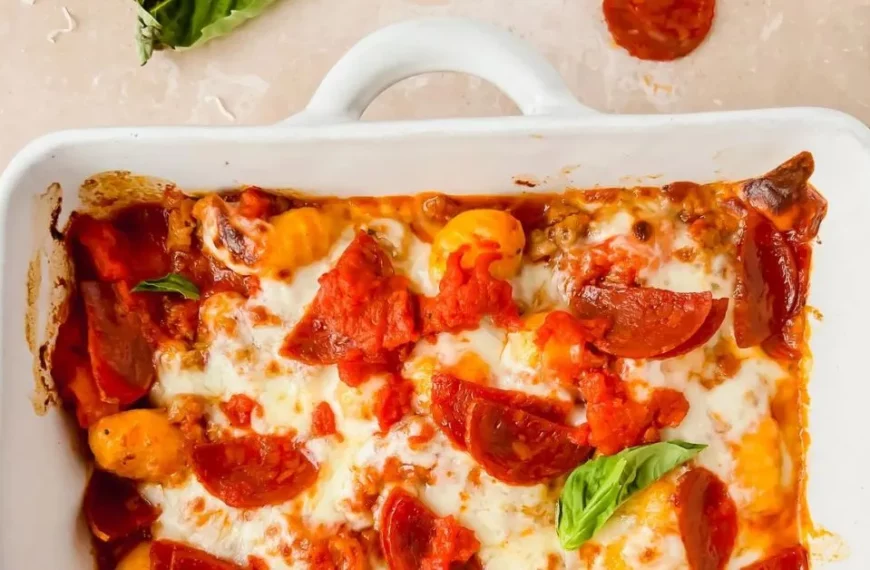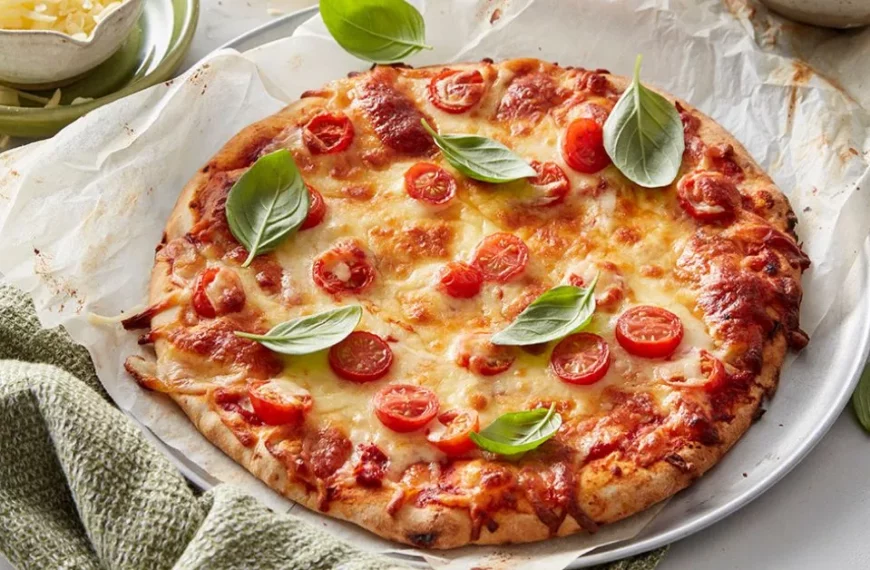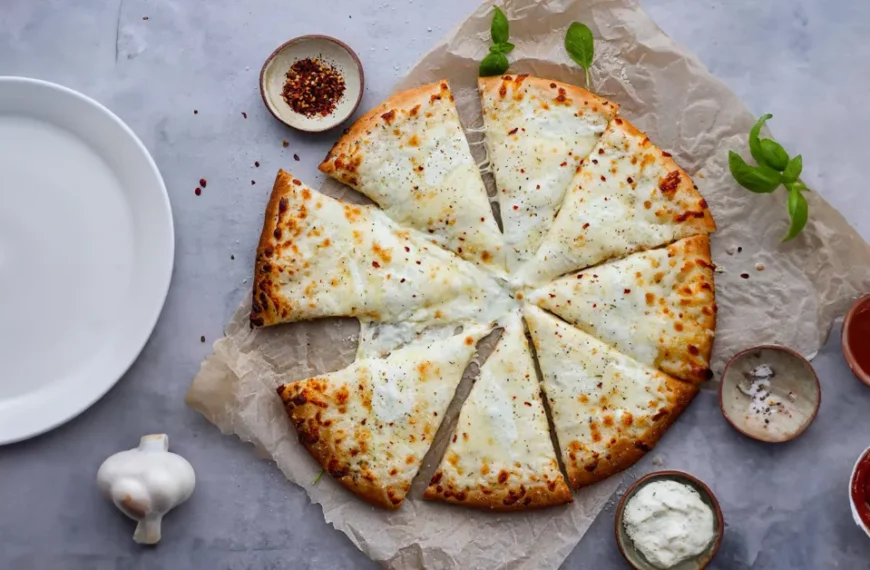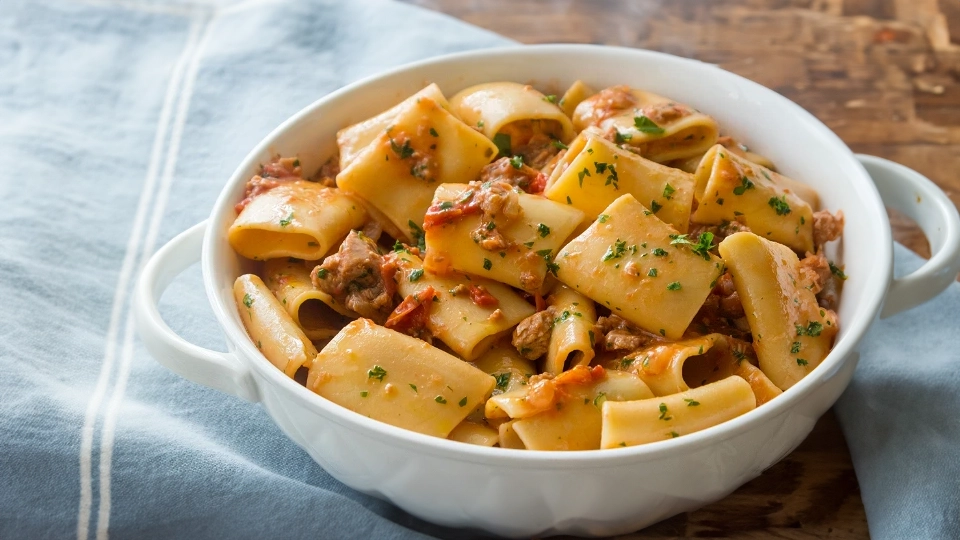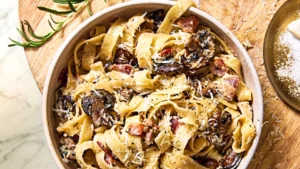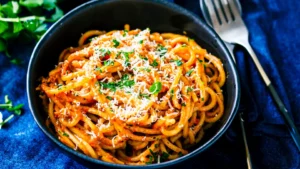Pizza, one of the most beloved international dishes, has a rich history and a variety of forms that reflect its global popularity and versatility. While traditionally baked in an oven, this blog post is dedicated to the long-standing tradition of Fried Pizza, a tantalizing street-food favorite that hails from Naples, the birthplace of pizza.
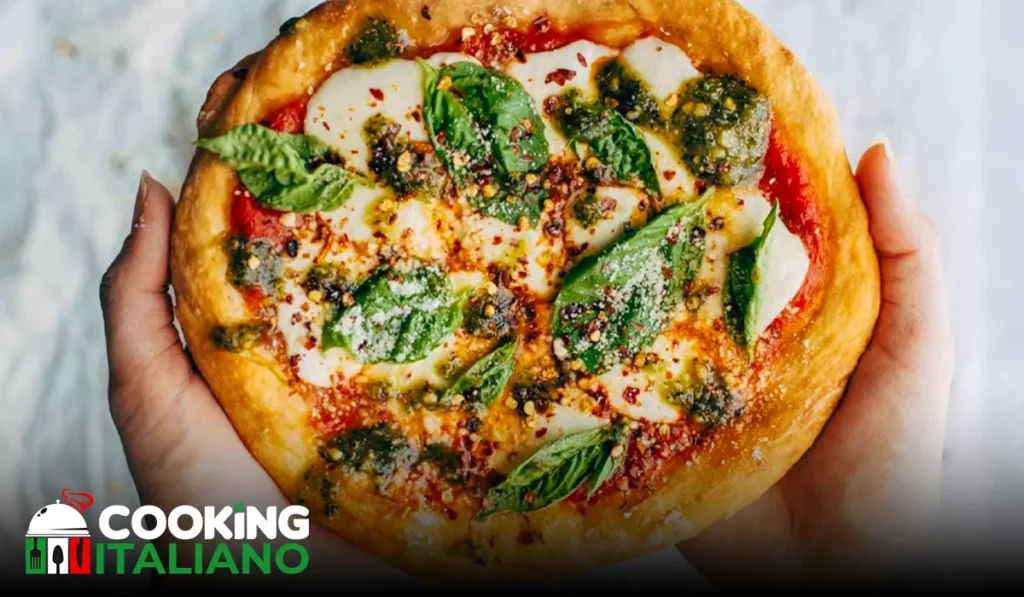
For food enthusiasts and anyone eager to explore the depths of Italian cuisine, this guide will not only take you through each step of creating fried pizza at home but also share secrets for a truly authentic Neapolitan experience. Get ready to roll up your sleeves, flour your hands, and savor the taste of Italy’s culinary heritage.
Fried Pizza

Ingredients
Creating fried pizza is as much about the quality of the ingredients as it is about the technique. Here’s what you’ll need:
The Dough
- 1kg (2.2 lbs) strong flour (preferably Italian 00 flour)
- 30g (1 oz) salt
- 5g (0.17 oz) fresh yeast (or the equivalent in dry yeast)
- 700ml (23.6 fl oz) water (room temperature)
The Sauce
- 1kg (2.2 lbs) San Marzano tomatoes, crushed
- Salt to taste
- A small bunch of fresh basil
Toppings
- Fresh mozzarella, torn into pieces
- Olive oil (for frying and drizzling)
- Additional toppings to your liking (prosciutto, salami, mushrooms, etc.)
Instructions
The Dough
- Create the Yeast Solution: Dissolve the yeast in water and allow it to sit for a few minutes until it starts to froth.
- Mix the Dough: In a large mixing bowl, combine the flour and salt. Make a well in the center and add the yeast mixture.
- Knead: Begin to mix the flour from the edges into the center until you form a dough. Knead the dough on a floured surface for no less than 10 minutes, until it becomes smooth and elastic.
- Prove: Return the dough to your mixing bowl, cover it with a damp cloth, and leave to rise for 2-3 hours until it has doubled in size.
Making the Sauce
- Prepare the Tomatoes: Crush the San Marzano tomatoes with your hands and remove any hard white cores.
- Season and Infuse: Season with salt and add a few whole basil leaves. Store in a container until needed.
Assembly
- Shape the Dough: Once risen, transfer the dough to a floured surface and punch it down to release the air. Divide the dough into portions and shape each into a smooth ball.
- Form the Pizzas: Flatten each ball into a disk, about 1/4 inch thick, stretching by hand. Be careful not to handle the dough too roughly to avoid tearing.
- Add Toppings: Place a small amount of the prepared tomato sauce in the center of the dough, spreading it outwards. Top with mozzarella and any additional toppings.
- Seal and Shape: Fold the dough in half over the toppings, then create a crust edge by folding and pinching the dough together, ensuring a tight seal.
Frying
- Heat the Oil: In a deep frying pan, heat the olive oil until it reaches 180C (360F). Begin with enough oil to submerge the bottom half of the pizza.
- Fry the Pizzas: Gently place the pizza into the oil and fry until the bottom side is golden brown, then flip and repeat. The entire process should take no more than a few minutes.
- Drain: Remove the pizza from the oil and drain on paper towels to remove excess oil.

DID YOU MAKE THIS RECIPE?
Tag @amcookingitaliano on Instagram and hashtag it #amcookingitaliano!
Tips for Customization
Mastering the art of fried pizza means learning to adjust your recipe to suit personal tastes. Here are some tips to get you started:
- The Dough: The type of flour and the hydration level will change the texture of your dough. For a lighter, airier crust, use a higher hydration level.
- The Sauce: Experiment with different tomato varieties and try adding garlic or oregano for a richer flavor.
- Toppings: Don’t be afraid to mix things up! Traditional Neapolitan toppings include mozzarella, basil, and perhaps a little oregano, but the beauty of pizza is in its endless topping possibilities.
- Frying: The temperature and the type of oil you use can affect the final product. Try frying in lard for an even richer, crispier crust.
How to Store
If you find yourself with leftover fried pizza (although who could resist?), it’s best to store it in an airtight container in the fridge. To reheat, you can pop it back in a hot frying pan or even warm it in a regular oven for a few minutes. Just be sure not to overdo it, or you’ll risk making the crust too hard.
Conclusion
Fried pizza represents a unique intersection of tradition and innovation in the culinary world. Its creation is an art form, steeped in the history of one of Italy’s most iconic dishes. By following the steps outlined in this post, you can bring a taste of Naples to your own kitchen, savoring every moment of the process and every delicious bite.
Forget what you know about fast-food pizza chains; this is slow food at its finest. It’s about the craft, the attention to detail, and the heart that goes into every step. Connect with the food you’re making, and you’ll be rewarded with a meal that not only fills your stomach but fills you with a sense of accomplishment and joy.
Take the time to perfect your dough, to craft your own sauce, and to fry each pizza with care. The result is a crispy, yet tender, crust that cradles a world of flavor. It’s an experience that you won’t soon forget, and one that you’ll want to share with friends and family.
FAQs
- Is fried pizza really a traditional dish?
Absolutely! In Naples, it’s known as “pizza fritta” and is a common street food. It has a history that dates back centuries, well before the concept of restaurant dining existed. It was an inexpensive and efficient way to feed a lot of people with simple ingredients.
- Can I bake my fried pizza instead?
You can, but it won’t be quite the same. The magic of fried pizza comes from the unique interaction of the dough with the hot oil. Baking can’t replicate that exactly, but it will still be delicious.
- What are some good side dishes to serve with fried pizza?
For an authentic Neapolitan experience, a simple salad of fresh arugula, cherry tomatoes, and a drizzle of olive oil is the perfect complement. A glass of bold red wine or a refreshing Peroni beer would also be suitable.






